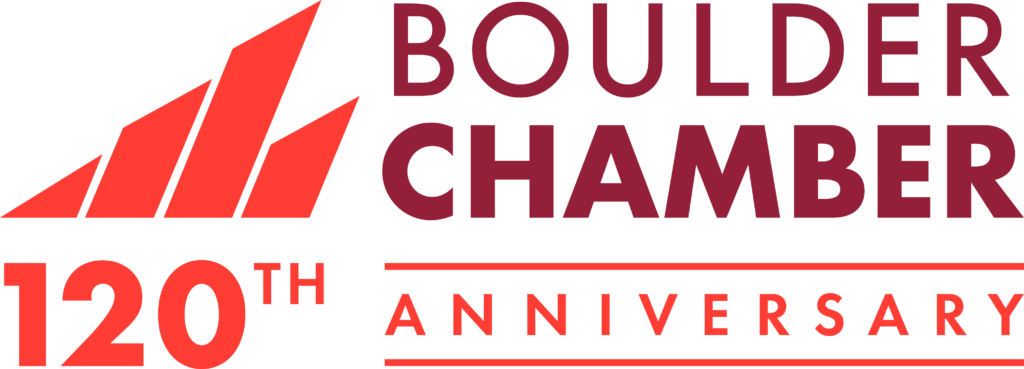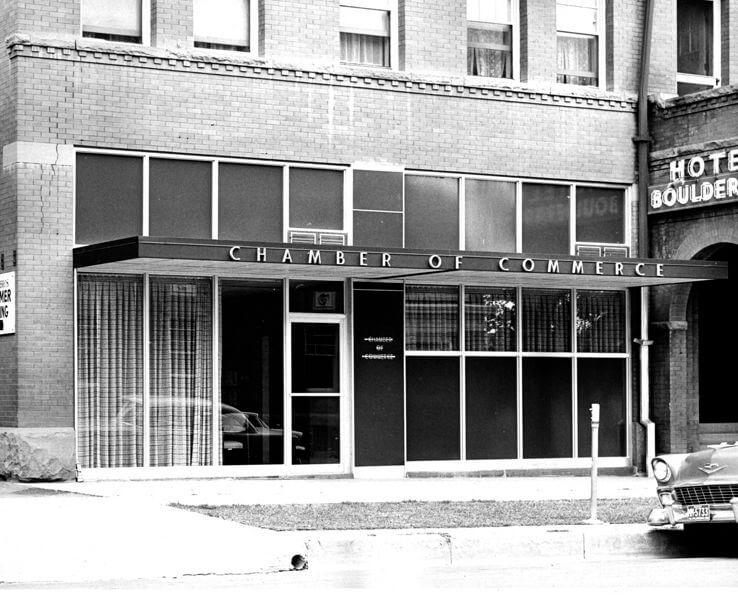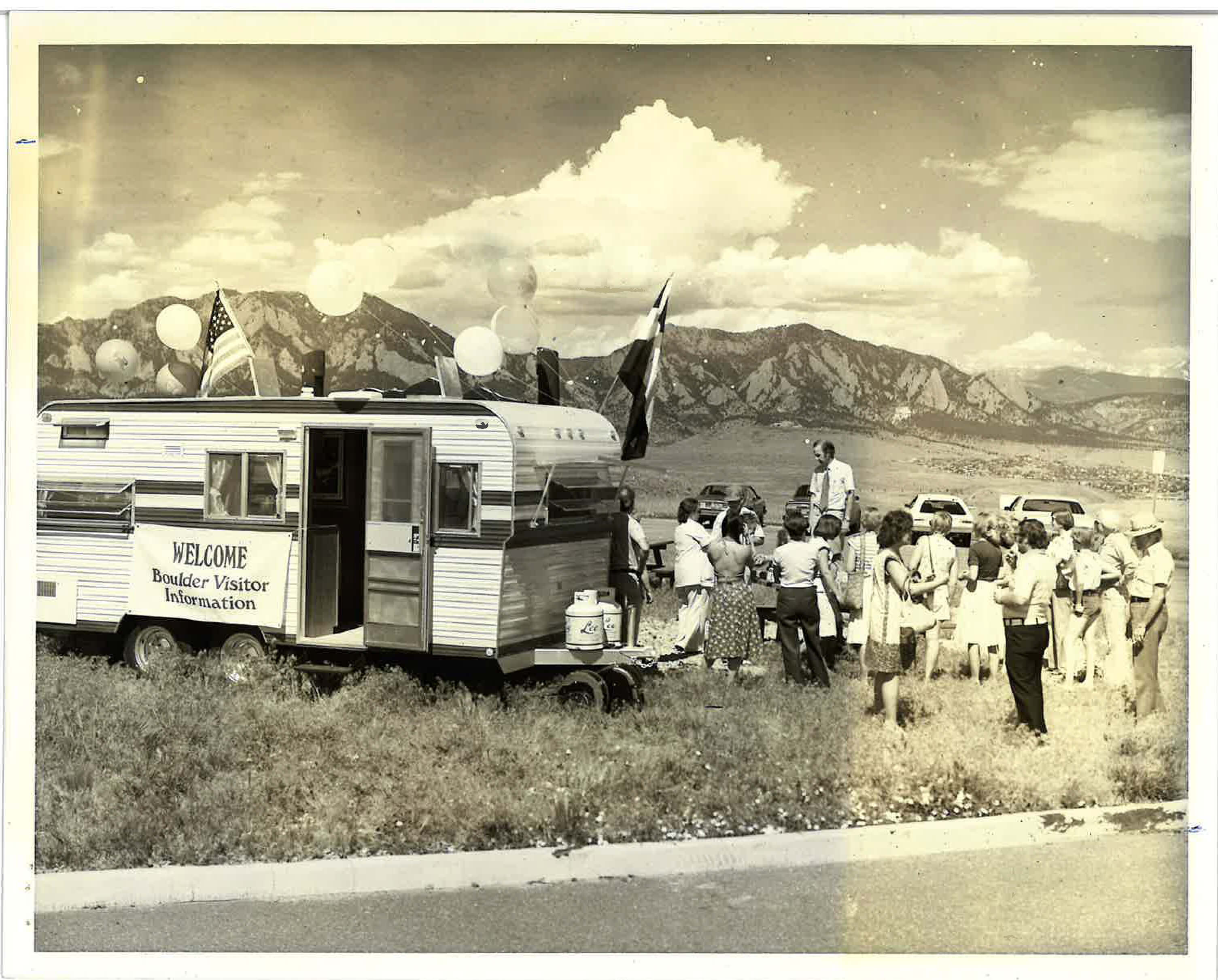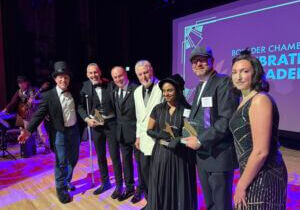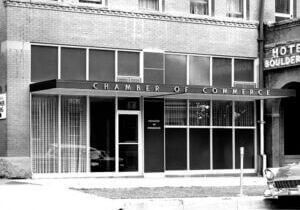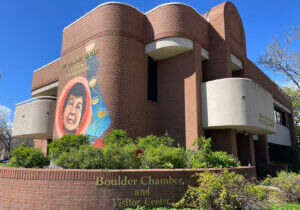Celebrating 120 Years!
2025 marks a major milestone in Boulder Chamber history - 120 years of serving our community! Since its inception in 1905, the Boulder Chamber has been a leader in strengthening business and advancing economic vitality to cultivate strong communities in the Boulder region. Throughout these years of dedicated service to its members and the Boulder community, the Boulder Chamber’s flagship programs work together on behalf of members and the community to holistically elevate the region’s vitality. We look forward to celebrating with our members and the community to commemorate this anniversary year!
A Message from President & CEO, John Tayer
Join us at the Boulder Museum for a Historic Exhibit, celebrating 120 years of history!
October 9 - January 6
Special Events and Festivities
Our events are part of the celebration! With exciting twists on old favorites, you won't want to miss this lineup.
Share Your Chamber Memories
We're seeking more information! Let us know if you have a story, fact, or information you'd like to share.
Be Part of the Year-Long Celebration
We have sponsorships available throughout our 120th Anniversary, incorporating fun themes and benefits!
120 Years of Innovation & Community
A special thank you to the individuals and organizations who have contributed to our history research!
- Boulder Public Library
- Carnegie Library for Local History - Boulder Public Library District
- Museum of Boulder
Do you have a lead on Boulder Chamber history? Email courtney.warford@boulderchamber.com to share.
